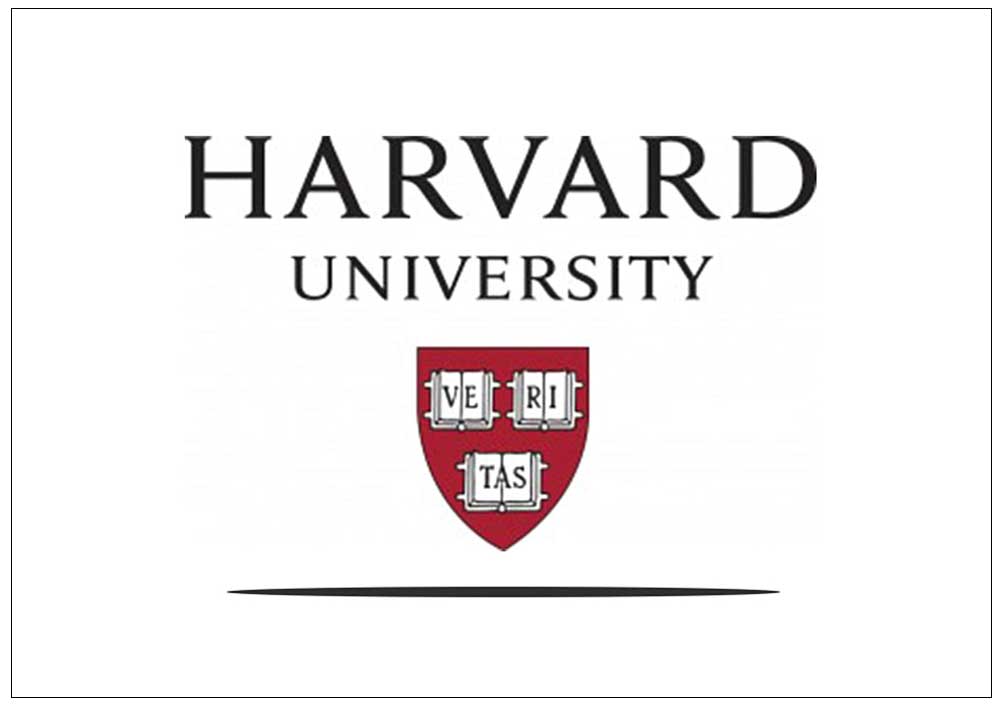US Supreme Court puts off decision on reviewing Harvard race-conscious admissions system

The Washington Post
June 15, 2021: The Supreme Court on Monday put off a decision on reviewing whether Harvard University’s consideration of race to build a diverse student body discriminates against Asian Americans, the latest attempt to convince the court to end affirmative action programs in college admissions.
The court asked the Biden administration’s acting solicitor general to weigh in on whether the court should take the case. The Trump administration had supported Harvard’s challengers in lower court, but it is likely the new administration will side with the university.
Soon after President Biden took office, the Department of Justice moved to drop a similar discrimination lawsuit filed against Yale, which was brought by the Trump administration.
The court’s request on the Harvard case means the justices likely would not consider it again until the fall. But it could mean only that acceptance of the case is delayed, and it could still be heard in the term that begins in October.
Although lower courts had ruled in favor of Harvard, the lawsuit was built to get the issue before a Supreme Court more conservative than the one five years ago that upheld the limited use of race in student admissions by the University of Texas.
In that case, the court ruled 4 to 3 that college and universities may use race only in a way narrowly tailed to promote diversity. But two justices in the majority — Anthony M. Kennedy and Ruth Bader Ginsburg — are no longer on the court. And three justices nominated by President Donald Trump have proved themselves to be more conservative.
The three dissenters in the Texas case remain in place — Chief Justice John G. Roberts Jr. and Justices Clarence Thomas and Samuel A. Alito Jr. While Roberts often plays a moderating role on the court and is reluctant to overturn the court’s precedents, he has been a steadfast opponent of affirmative action.
The petition filed by Students for Fair Admissions made note of that in the first sentence, quoting an opinion written by Roberts during his first term on the court in 2006: “It is a sordid business, this divvying us up by race.”
The group was formed by Edward Blum, an opponent of affirmative action who has been involved in previous lawsuits targeting affirmative action. For the first time, it features Asian Americans as plaintiffs, rather than White students who say they were turned away from the colleges of their choice because the spots were given to minorities.
Their petition said the court’s 2003 decision allowing the use of race as a factor in making admissions has been abused, and Harvard has exploited it to reach its desired balance of students.
“Harvard’s mistreatment of Asian-American applicants is appalling,” the petition says. “Harvard penalizes them because, according to its admissions office, they lack leadership and confidence and are less likable and kind . . . That Harvard engages in racial balancing and ignores race-neutral alternatives also proves that Harvard does not use race as a last resort.”
A federal district judge and a panel of the U.S. Court of Appeals for the 1st Circuit disagreed, and ruled for Harvard across the board.
“The issue before us is whether Harvard’s limited use of race in its admissions process in order to achieve diversity in the period in question is consistent with the requirements of Supreme Court precedent,” Judge Sandra Lynch wrote in upholding a district judge’s ruling after a trial. “There was no error.”
Harvard told the Supreme Court that it should not take the case, The Students for Fair Admissions petition “recycles allegations both courts rejected and offers a thoroughly distorted presentation of the record,” the university said in its response.
“Unable to seriously challenge the rejection of its claims under existing law, SFFA asks the court to overrule more than 40 years of decisions regarding the limited consideration of race in university admissions,” Harvard said. “Universities across the country have followed this precedent in structuring their admissions processes.”
In its most recent freshman class, the university said, 24.5 percent identified as Asian American, 14.8 percent as African American or Black, 12.7 percent as Latinx and 1.8 percent as Native American.
Sign up for our weekly newsletter to stay up to date on our product, events featured blog, special offer and all of the exciting things that take place here at Legitquest.




Add a Comment